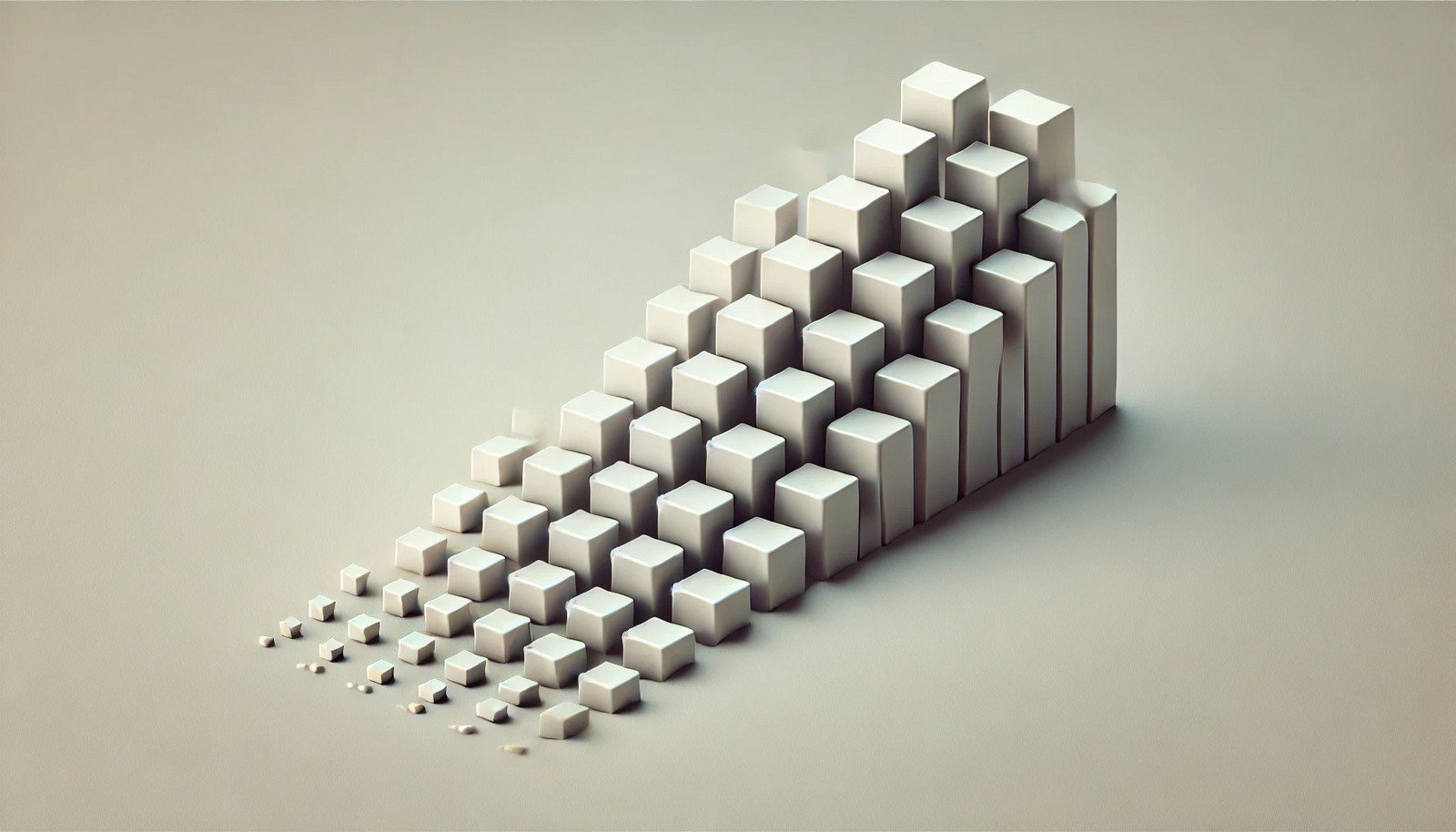Decay Rate in AI

Quick Navigation:
- Decay Rate Definition
- Decay Rate Explained Easy
- Decay Rate Origin
- Decay Rate Etymology
- Decay Rate Usage Trends
- Decay Rate Usage
- Decay Rate Examples in Context
- Decay Rate FAQ
- Decay Rate Related Words
Decay Rate Definition
Decay rate in the context of AI and machine learning refers to the rate at which a specific value, like a weight or learning rate, decreases over time or iterations. This is crucial for controlling a model's adaptability and preventing overfitting. A high decay rate can help stabilize learning by gradually lowering values, thereby reducing excessive sensitivity to recent data, while a low decay rate maintains a more active learning process.
Decay Rate Explained Easy
Imagine you’re learning a new skill and at first, you learn quickly. But over time, you don't need as much new information, so you slow down and focus on getting really good at what you already know. Decay rate works like this – it helps a computer model slow down learning a little to avoid making too many changes based on new data.
Decay Rate Origin
The concept of decay rate originated from control theory and signal processing, where it was used to describe the reduction in signal strength over time or distance. In AI, it evolved as a method to control learning processes, helping models maintain stability as they optimize.
Decay Rate Etymology
The term "decay rate" combines "decay," meaning gradual decrease, and "rate," denoting the speed or frequency of reduction.
Decay Rate Usage Trends
With the growth of deep learning, decay rate has become increasingly significant, particularly in the optimization of neural networks. It’s widely used in tuning hyperparameters and managing weight updates in algorithms like stochastic gradient descent to achieve better generalization and prevent overfitting. The trend emphasizes its importance for complex models and tasks like image recognition and natural language processing.
Decay Rate Usage
- Formal/Technical Tagging:
- Machine Learning
- Optimization
- Neural Networks - Typical Collocations:
- "weight decay rate"
- "learning rate decay"
- "adjust decay rate"
- "decay rate in optimization"
Decay Rate Examples in Context
- In deep learning, decay rate is adjusted to prevent the neural network from overfitting by reducing weight updates over time.
- Using decay rate helps maintain stability in training large models for tasks like language translation.
- Decay rate settings allow autonomous vehicles to balance learning new road conditions with retaining essential behaviors.
Decay Rate FAQ
- What is decay rate in AI?
Decay rate is the speed at which a model reduces specific values, like weights, to maintain learning stability. - How does decay rate affect learning rate?
Decay rate controls the reduction in learning rate over time, balancing new learning with stability. - Why is decay rate important in neural networks?
It prevents overfitting by gradually decreasing model sensitivity to recent data. - What happens if decay rate is set too high?
A high decay rate may lead to underfitting as the model stops adapting to new data quickly. - Can decay rate be applied to reinforcement learning?
Yes, decay rate adjusts the rate of value updates, aiding in balancing exploration and exploitation. - How is decay rate used in optimization?
Decay rate modulates learning or weight values, refining model performance during training. - Is decay rate essential for all AI models?
It's especially beneficial in complex models but isn't crucial for all, depending on training needs. - Can decay rate impact accuracy?
Yes, a well-adjusted decay rate can improve accuracy by preventing overfitting. - How does decay rate interact with regularization?
Both help prevent overfitting; decay rate controls weight adjustments, while regularization restricts weight values. - What is exponential decay rate?
Exponential decay rate reduces values at a decreasing rate over time, often used in learning rate schedules.
Decay Rate Related Words
- Categories/Topics:
- Optimization
- Machine Learning
- Deep Learning
- Neural Networks
Did you know?
Decay rate is central to reinforcement learning, where it helps AI models gradually reduce their dependence on past rewards to make smarter decisions over time, especially useful in gaming AI.
PicDictionary.com is an online dictionary in pictures. If you have questions or suggestions, please reach out to us on WhatsApp or Twitter.Authors | Arjun Vishnu | @ArjunAndVishnu

I am Vishnu. I like AI, Linux, Single Board Computers, and Cloud Computing. I create the web & video content, and I also write for popular websites.
My younger brother, Arjun handles image & video editing. Together, we run a YouTube Channel that's focused on reviewing gadgets and explaining technology.



Comments powered by CComment